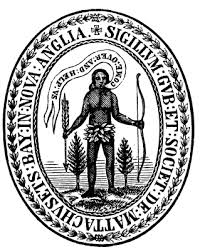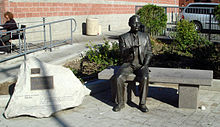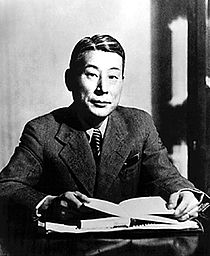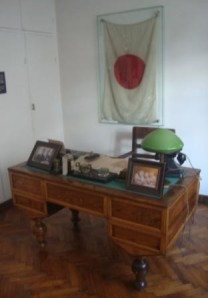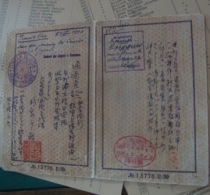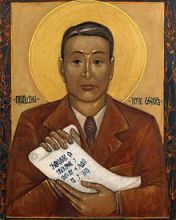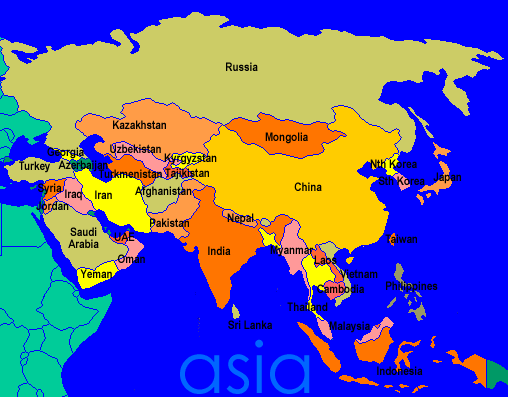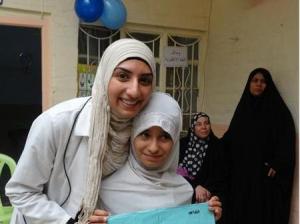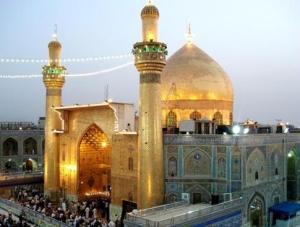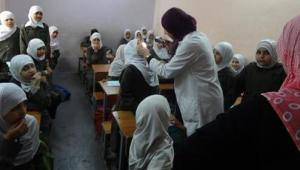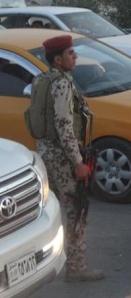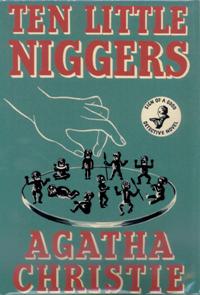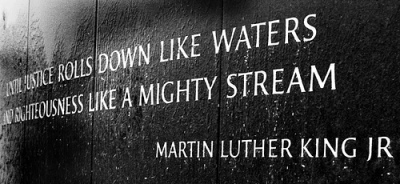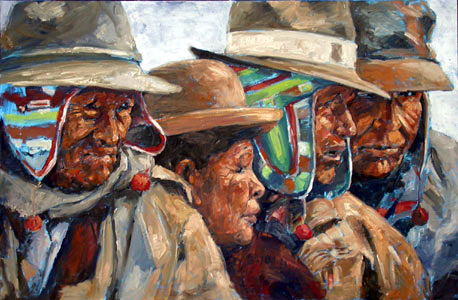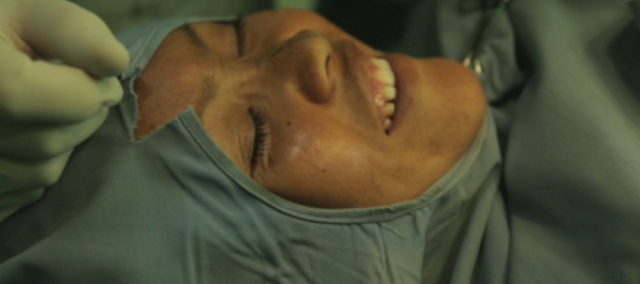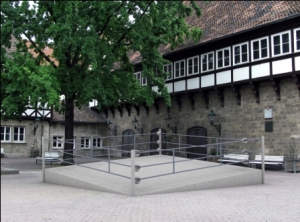‘Come over and help us!’
The poor, the destitute and the spiritually depraved are beckoning. Please come over.
It’s an offer that God-fearing Christians couldn’t turn down. More accurately, a self-issued invitation, a laconic justification with an open ending. Please, come . . . we need your help.
On this American Thanksgiving weekend, Americans of all backgrounds, races and creeds have been celebrating a holiday of blessing and gratitude. It is a national holiday and a celebration conjoined by diverse communities across the country. As a day of national blessing, it has become an unofficial Christian holiday. Many communities across the country host ecumenical worship services often on the eve of the holiday, and more generally, the prelude to Thanksgiving is a time of Christian harvest festivals. It’s a national holiday largely stripped of the colors and overt patriotism of its July counterpart. Red, white and blue are instead orange and shades of brown. Fireworks give way to Black Friday. Watermelon to pumpkin pie. It’s less pretentious than Christmas; there is less national exclusivism than at the Fourth of July. Yet, in each its own way, the holiday offers a genuine opportunity for deep-felt gratitude to God, family and the greater community.
While the turkey and pumpkin pie seem requisite, the holiday can easily be amended, shaped and transformed as a celebration of gratitude for one’s own cultural background while providing a relatively innocuous means of participating in the larger national narrative. Or, so it seems.
For a whole range of reasons, none of which really have to do with giving thanks, Thanksgiving is by far my favorite American holiday. Four days of food and football in the crisp dark days of Autumn. And, thank God, I don’t work in retail.
By its nature, Thanksgiving is a holiday that evokes the past, and the legendary Thanksgiving narrative underscores a struggling community’s need for help.
It began with the 1620 autumn crossing of the Atlantic on the Mayflower by a group of English religious separatists, commonly known as the Pilgrims. A cold, extreme winter, during which they suffered from exposure, scurvy and various diseases, killed half of the original 102 passengers. The spring brought the miraculous appearance of Squanto, a Pawtuxtet Indian and a former English slave, who, per fortuna, spoke English. He helped the Pilgrims plant corn and catch fish. He helped them make friends with their neighbors, the Wampanoag.
So, the Pilgrims didn’t all die. The corn grew. The harvest came, and the festival followed. In the fall of 1621, the ‘first’ Thanksgiving feast was held between the Pilgrims and Indians at Plymouth Plantation in present-day Massachusetts.
Yet, for all the help the Native Americans gave, Thanksgiving has turned out not to be such an innocuous means of participating in the larger national narrative.
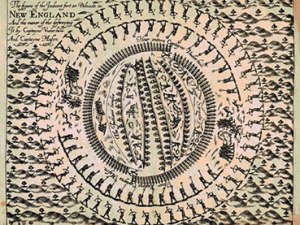 In the following years, Puritans, distinct from the Pilgrims, also began arriving in New England, and our story now fast forwards to 1637 during the latter stages of the Pequot War (1634-38). The conflict pitted the Pequot Indians against an alliance of colonists, mostly Puritans, who were connected with the Massachusetts Bay Colony. On May 26, 1637, English settlers under the command of Captain John Mason with the aid of some Native American allies surrounded and attached a Pequot village along the Mystic River in present-day Connecticut (see image above). The Mystic Massacre, which wiped out the entire village, killed more than 700 men, women and children.
In the following years, Puritans, distinct from the Pilgrims, also began arriving in New England, and our story now fast forwards to 1637 during the latter stages of the Pequot War (1634-38). The conflict pitted the Pequot Indians against an alliance of colonists, mostly Puritans, who were connected with the Massachusetts Bay Colony. On May 26, 1637, English settlers under the command of Captain John Mason with the aid of some Native American allies surrounded and attached a Pequot village along the Mystic River in present-day Connecticut (see image above). The Mystic Massacre, which wiped out the entire village, killed more than 700 men, women and children.
In the aftermath of the massacre, the governor of Massachusetts declared: ‘This day forth shall be a day of celebration and thanksgiving for subduing the Pequots’. According to some modern historians, the national festival of Thanksgiving was actually founded upon the ashes of the Pequot War.
In any case, by 1637, ‘help’ as a central motif had clearly dissipated from the Thanksgiving narrative.
It all comes to a patronizing point is the official seal of the Massachusetts Bay Colony.
The charter of the Massachusetts Bay Colony was granted in 1629 by King Charles I. The colony’s seal featured an Indian holding a bow and an arrow with the words ‘Come over and help us’ rising out of his mouth. The figure is wearing nothing but a loincloth made of leaves. The not-so-subtle imagery includes an illusion to the Indian as the savage noble who is holding an instrument of war while trapped in a primitive paradise. Culturally unadvanced, intellectually inferior and spiritually darkened, especially with respect to the patronizing Puritan.
The seal beckons the Christian to mission and evangelism — in reality, to actions too often expressed in events such as the Mystic Massacre. Of course, the Indians weren’t looking for help, nor did they receive any. The seal was simply a self-interested invitation to come and ‘help yourself’ and an officially smug reminder to the Puritans that God was on their side.
Whatever we make of the myths and origins of Thanksgiving, the seal of the Massachusetts Bay Colony is an official stamp of the attitudes and perspectives of the first generation of American thanks-givers. It’s an image we still need to reckon with.
***
For a whole range of reasons, none of which really have to do with giving thanks, Thanksgiving is by far my favorite American holiday. For all that it means — can mean or should mean — I wish you a blessed and thoughtful Thanksgiving weekend.

